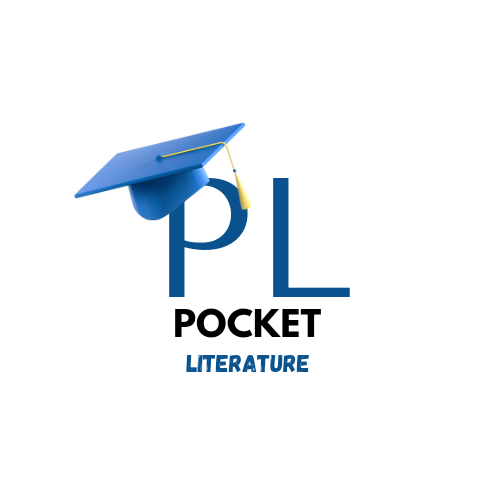Introduction
This chapter introduces the basic idea of literary criticism and how different approaches offer various ways to analyze literature. Literary criticism provides a framework for interpreting texts, helping readers to uncover deeper meanings and understand the cultural, historical, and artistic significance of a work. Each type of criticism provides a unique perspective and focuses on different aspects of a text, which we will explore in the following chapters.
Formalism and New Criticism
Formalism and New Criticism are approaches that emphasize the importance of closely analyzing the form, structure, language, and symbols of a text. Instead of focusing on the author’s intentions or historical context, these critics believe the meaning is embedded within the text itself. By carefully reading and examining its artistic elements like themes, patterns, and language use, readers can better appreciate the craftsmanship of the work.
Structuralism and Post Structuralism
Structuralism and semiotics focus on the underlying systems and patterns in literature. Structuralism looks for repeated structures or rules within a text that contribute to its overall meaning. Semiotics studies signs and symbols in a text and how they represent ideas or concepts. This approach helps to uncover the relationships between different elements in literature and how they form the meaning of a work.
Deconstruction and Postmodern Criticism
Deconstruction and postmodern criticism challenge traditional ideas about structure, meaning, and language in literature. Deconstruction breaks down texts to reveal internal contradictions and ambiguities, questioning any single, fixed interpretation. Postmodern criticism, similarly, challenges the notion of absolute truth and embraces multiple, often contradictory, meanings. It explores how language and literature construct reality rather than reflect it.
Postmodernism
Postmodernism questions traditional narratives and embraces uncertainty, irony, and fragmentation. It rejects the idea of one absolute truth, promoting multiple interpretations of texts. Postmodernism often plays with structure and challenges conventional storytelling methods.
Psychoanalysis Theory
Psychoanalysis in literary theory examines the unconscious mind of characters and, sometimes, the author. It uses concepts like repression, desire, and conflict to understand how inner psychological dynamics are reflected in literature.
Archetypal Theory
Archetypal criticism looks for universal symbols, themes, and characters (archetypes) that appear across cultures and time periods. It draws on the work of Carl Jung, who believed that archetypes like the hero, the shadow, and the mother figure exist in the collective unconscious and are reflected in literature.
Reader-Response Theory
Reader-response theory argues that a text's meaning is not fixed but is created by the reader’s interaction with the text. Different readers may interpret the same text in different ways, depending on their personal experiences and emotions, making the act of reading an important part of understanding literature.
Feminism
Feminist criticism focuses on how literature portrays women and gender roles. It seeks to highlight inequality, question patriarchal norms, and promote gender equality. This criticism often explores how literature both reflects and shapes attitudes toward gender and women’s experiences.
Marxism
Marxist criticism views literature through the lens of social and economic power. It focuses on class struggle and how literature reflects or critiques capitalist structures. Marxist critics examine how literature reveals the dynamics of power, wealth, and inequality in society.

